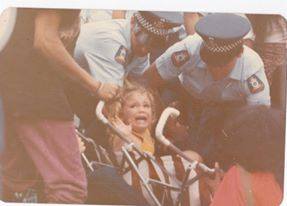This article is part of a comprehensive series released as The Health and Welfare of Australia’s Aboriginal and Torres Strait Islander Peoples.
KEY MESSAGES
Most Aboriginal and Torres Strait Islander people aged 15 years and over (adults) live in rented housing, however the proportion living in homes being purchased is increasing:
In 2008, the majority of Aboriginal and Torres Strait Islander adults lived in housing that was rented (69%).
More Aboriginal and Torres Strait Islander adults were living in housing that was being purchased in 2008 (20%) than in 2002 (17%).
Fewer Aboriginal and Torres Strait Islander people lived in housing with major structural problems, but overcrowding rates remain similar:
While 26% of all Aboriginal and Torres Strait Islander households were living in dwellings with major structural problems in 2008, this has reduced significantly since 2002 (34%).
In remote areas, the rate declined from 50% to 34% (of households) between 2002 and 2008.
One-quarter (25%) of all Aboriginal and Torres Strait Islander adults lived in overcrowded housing in 2008 — this has not changed since 2002.
Aboriginal and Torres Strait Islander adults living in dwellings with major structural problems were more likely to report high or very high levels of psychological distress compared with those who did not (37% compared with 28%).
This article examines the housing circumstances of Aboriginal and Torres Strait Islander people. It includes information on tenure type and also explores the relationship between housing and health through analysis of data on overcrowding and poor quality housing. Results presented draw mostly on data from the 2008 National Aboriginal and Torres Strait Islander Social Survey (NATSISS).
Topics covered in this article are:
Housing tenure
Housing and health: overcrowding
Housing and health: housing conditions
Housing: Torres Strait Islander people.
Other related topics:
household size and types, see discussion in family and community characteristics topic
housing costs (2008)
homelessness (2008).
This page last updated 16 February 2011
Source: http://www.abs.gov.au/AUSSTATS/abs@.nsf/lookup/4704.0Chapter850Oct+2010


